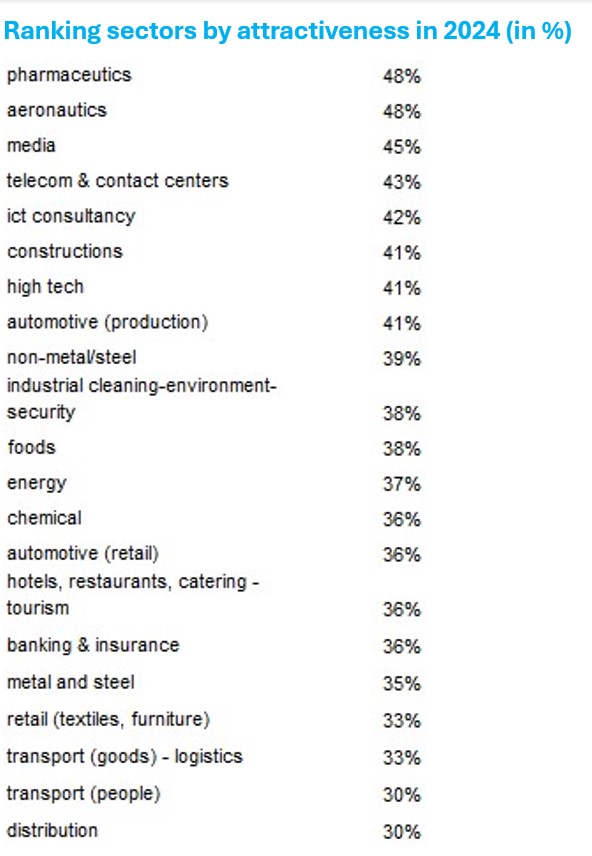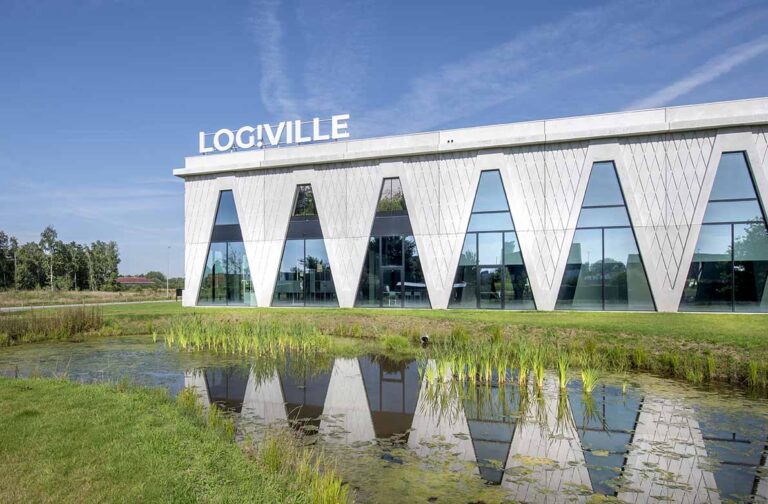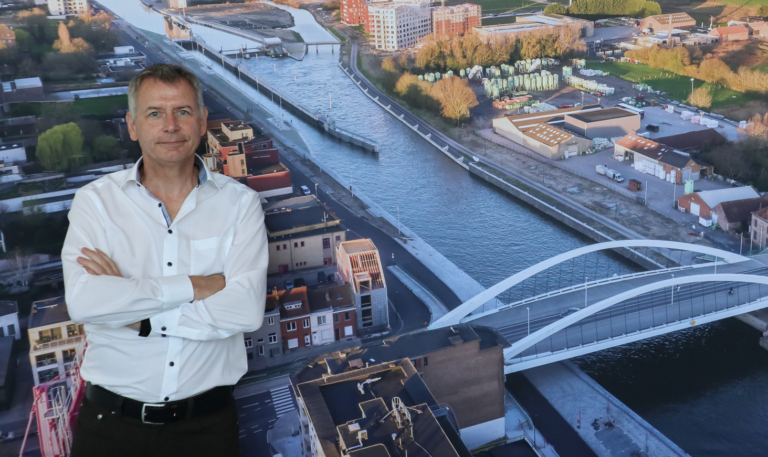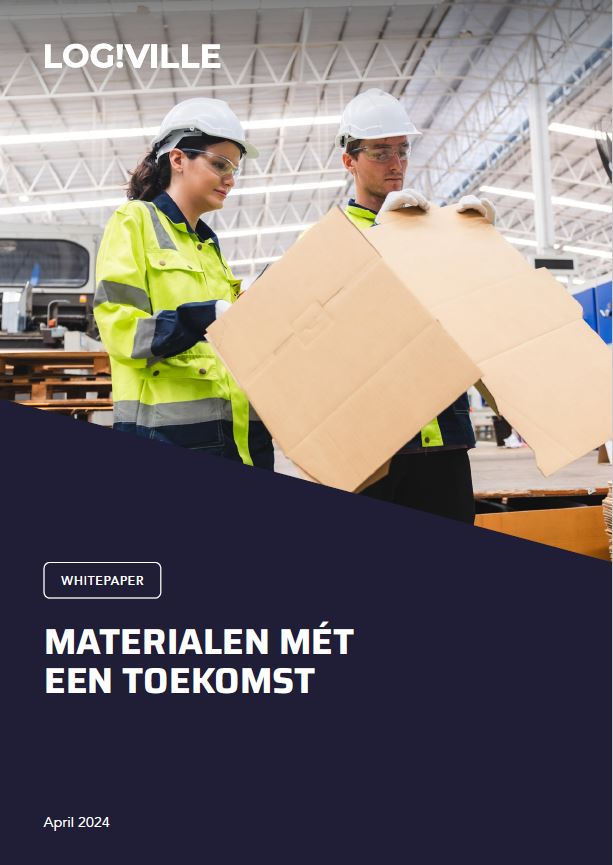“Personnel shortage logistics cannot be solved without improving perception”

The logistics sector is struggling to attract workforce. Randstad’s annual Employer Brand Research shows that the sector is perceived – often unfairly – as unattractive by (potential) employees. The research provides the ‘building blocks’ to reverse that perception. “Not only the companies need to act, but also the sector as such. Otherwise the staff shortage will remain an acute problem for years to come,” says Olivier Lefèvre, director Talent Advisory Belgium at Randstad Group.
Randstad surveyed the attractiveness of companies and sectors in 32 countries worldwide in January 2024, for which they asked 165,000 people – aged 18 to 64 – in the various sectors. Among them 12,000 people in Belgium. They were asked which ‘building blocks’ they consider important as employees: salary, opportunities for advancement, equal opportunities and so on. This research – already the 24th – gives an overview of companies, sectors, and characteristics that are in demand (or not) and why.
The importance of ’employer branding’
Central to the research is the so-called ’employer brand’. The insights from the research provides companies and sectors with starting points to distinguish themselves as attractive and modern employers in the complex world of work. “Companies (and sectors) with strong employer brands reach twice as many applicants as those with a poor employer brand. Turnover is also much lower there. To get on the radar for the right employees as an employer, you must first and foremost know what is important to them and then highlight those qualities. Our Randstad Employer Brand Research is a very efficient compass for that matter,” says Olivier Lefèvre.
The research consists of three parts. What are employees’ expectations? Why do they want to work at certain companies (in this case the 187 Belgian companies with more than 1,000 employees that achieve more than 10% name recognition)? Lastly, what channels do they use to look for work or change jobs? “From their answers, we can draw up a ranking of the most attractive companies. In turn, we can make ‘cross-sectoral’ comparisons. In other words, we can see which sectors are most or least attractive. Unfortunately, I must say that the logistics/goods transport sector scores poorly year after year “, says Olivier Lefèvre.

Logistics does not score well
All sectors combined, the top five expectations of employees today consist of (in that order): Salary, pleasant work atmosphere, work-life balance, job security, and career progression. The 5th expectation is new, and was occupied by location last year. Other criteria to measure the attractiveness of different sectors are financially healthy, career progression, social importance, good reputation, and providing equal opportunities.
During the survey, employees give a score to each of these 10 criteria. Added up, these scores reflect which sectors are the most attractive. “This shows that pharma and aviation score best with 48% each, followed by media (45%), telecoms and contact centres (43%) and IT & consultancy (42%),” Olivier Lefèvre analyses.
“Logistics/goods transport is in third last place, with 33%. Only passenger transport and distribution (supermarkets) score even worse, with 30% each. So the perception of logistics as an attractive sector is not good. More than that: the sector does not score well on all 10 criteria,” he adds.
Perception is main problem
The research reveals that the logistics sector’s main problem is perception. “For instance, in terms of job security, the sector ranks 19th (out of 21) while in reality it is great. If we take the working atmosphere, we find the same thing: the sector ranks 20th even though the work is quite pleasant and varied. Another example: for the criterion ‘gives back to society’, the sector also ranks second to last, whereas transport and logistics, along with the healthcare sector, provided exceptional services to society during the pandemic,” Olivier Lefèvre adds.
“Action is therefore needed to bring the perception of the attractiveness of the sector in line with reality. The question may be asked: how do you make this reality visible in job postings, both in terms of companies and the sector?” he adds. “Logistics has been struggling with an image problem for years. This needs to be addressed very urgently, because the staff shortage will only increase: for 100 people leaving the labour market, only 81 are flowing in.”
Improving image is possible
“I regret to say that too little attention is paid to improving the perception of the logistics sector. Other sectors are proving that it can be done. Take the ‘telecom/contact centres’ sector. It had a bad image for years, but today it is in the top five most attractive sectors, with a score of 43%. It has worked on it, including in terms of equal opportunities. Everyone is welcome there and that is also emphasised. Other sectors also improved. Logistics’ score has improved slightly over the past two years – from 30% to 33% – but it still remains the third least attractive sector,” Olivier Lefèvre notes.
“Many companies in logistics are working on it, but the perception as a sector, despite the slight improvement, remains underwhelming. One can therefore ask whether the right focus is being placed in these efforts. Which elements do we as a sector need to come out more with? Are we tackling the problem with enough vigour to turn the tide? This exercise is urgently needed, because the efforts made today will only make a difference in a few years’ time,” it continues.
Better highlighting of strengths
Not only the companies, but also the sector as a whole needs to do more. “What do people want? A better wage? Less overtime and a better work-life balance? Better accessibility to their workplace? A high-tech work environment. That consideration has to be done. Once you know the answers, you can work on them and emphasise the strengths more,” Olivier Lefèvre adds.
“Sectors that use high-technology, for example, are more attractive. Logistics is one such sector, as Log!Ville proves. However, this is too little known and that has an impact on perception. On the contrary, the sector is far advanced in terms of automation, robotisation and AI. These can provide better jobs, relieve workers, and improve working conditions, but the perception is negative. People think those technologies are replacing people when in fact they are supporting them,” he adds.
“The war for talent is over. Talent has won”
According to Olivier Lefèvre, the staff shortage will continue for at least another 10-20 years. “To put it in a witticism, ‘The war for talent is over. Talent has won’. As a sector, logistics will continue to dangle at the back and permanently struggle to attract people if it fails to raise its profile and differentiate itself better. And if it does not listen better to people’s expectations,” Olivier Lefèvre adds.
According to him, the logistics sector therefore needs to do more ‘expectation management’. “The building blocks are known, they are in our Employer Brand Research. So it comes down to being creative with those building blocks, capitalising on the strengths and highlighting them better,” he concludes.
Wil u meer weten over employer branding en over het Randstad onderzoek? Kom op 7 mei naar Log!Ville voor de inspiratiesessie: ‘Sleutels voor het boeien én binden van talent in de logistiek”. Meer info hier.



